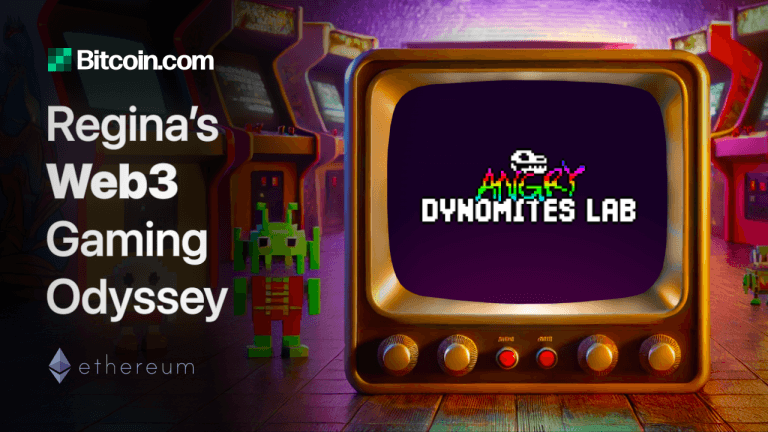 In Angry Dynomites Lab, Regina join forces with other players to save a world of clumsy Dynos in this innovative Web3 adventure. Last week’s Quick Recap Last week we stepped into the whimsical world of My Neighbor Alice, where farming, crafting, and community-building come to life! Explore colorful islands, trade NFTs, and grow your dream […]
In Angry Dynomites Lab, Regina join forces with other players to save a world of clumsy Dynos in this innovative Web3 adventure. Last week’s Quick Recap Last week we stepped into the whimsical world of My Neighbor Alice, where farming, crafting, and community-building come to life! Explore colorful islands, trade NFTs, and grow your dream […]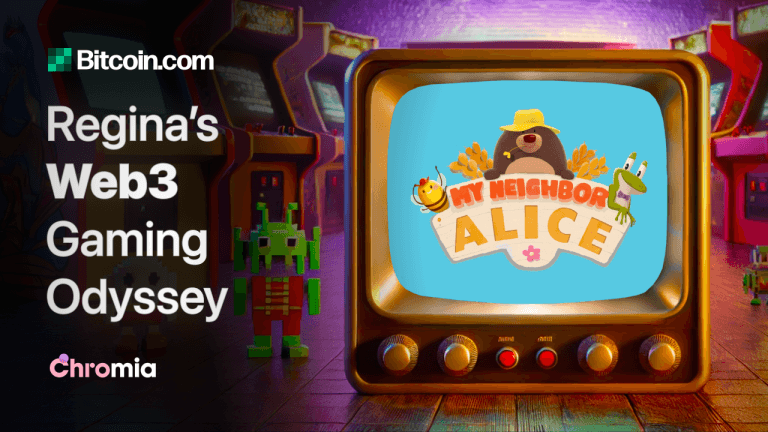 Follow Regina in her journey down the rabbit hole that is My Neighbor Alice. Will she find a wonderful land, or will it be a bore? Read on to find out. Last episode’s quick recap I’m still riding the hype—Spider Tanks is an epic Web3 game! Its fast-paced, tactical gameplay, combined with unique NFT-based tanks, […]
Follow Regina in her journey down the rabbit hole that is My Neighbor Alice. Will she find a wonderful land, or will it be a bore? Read on to find out. Last episode’s quick recap I’m still riding the hype—Spider Tanks is an epic Web3 game! Its fast-paced, tactical gameplay, combined with unique NFT-based tanks, […]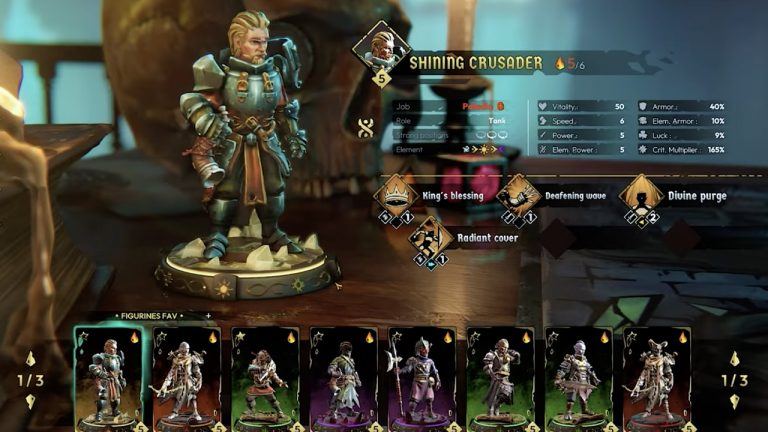 The prominent French video game publisher and developer Ubisoft is set to launch its first Web3 game, “Champions Tactics: Grimoria Chronicles,” on October 23. The game will utilize blockchain technology through the Oasys ecosystem, a layer two (L2) solution designed to enhance gameplay. Ubisoft Enters Web3 With Launch of ‘Champions Tactics’ RPG According to the […]
The prominent French video game publisher and developer Ubisoft is set to launch its first Web3 game, “Champions Tactics: Grimoria Chronicles,” on October 23. The game will utilize blockchain technology through the Oasys ecosystem, a layer two (L2) solution designed to enhance gameplay. Ubisoft Enters Web3 With Launch of ‘Champions Tactics’ RPG According to the […]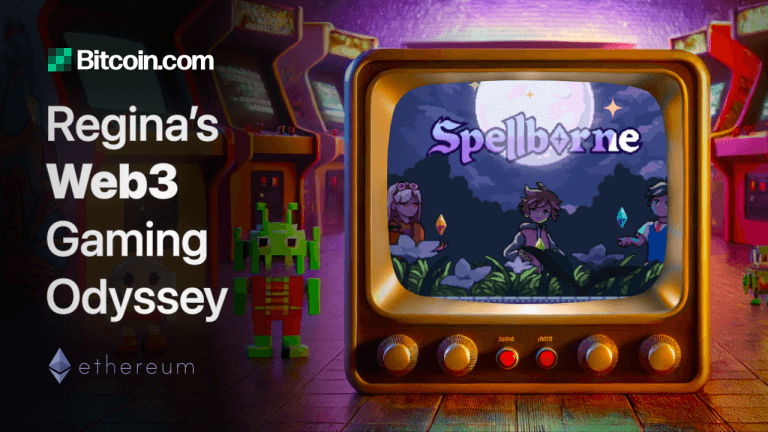 Having completed the main quests of Season 1, Regina returns to the captivating world of Spellborne to tackle the latest side quests. What ensues is an intense blend of strategy, reflex challenges, and immersive world-building. Last week’s quick recap In Heroes of Mavia, players build and defend military bases while battling opponents in a strategy-driven […]
Having completed the main quests of Season 1, Regina returns to the captivating world of Spellborne to tackle the latest side quests. What ensues is an intense blend of strategy, reflex challenges, and immersive world-building. Last week’s quick recap In Heroes of Mavia, players build and defend military bases while battling opponents in a strategy-driven […]

Hamster Kombat is preparing to launch the “largest airdrop in the history of crypto,” which could bring even more mainstream attention to the viral Web3 mobile game.
Telegram-based games like Hamster Kombat are setting the stage for true mainstream Web3 gaming adoption.
Viral clicker game Hamster Kombat is among the “first generation” of games to facilitate large-scale Web3 gaming adoption, according to Yat Siu, co-founder and chairman of Animoca Brands.
Siu told Cointelegraph in an interview:
 IVC is a Web3 venture capital fund backed by leading Japanese gaming studios. They focus on Web3 gaming, digital entertainment, AI, DeFi, and infrastructure, and have invested in over 200 projects. They also host Japan’s largest Web3 conference, IVS Crypto, which attracts over 12,000 attendees annually. Ann Chien serves as a Partner at IVC. She […]
IVC is a Web3 venture capital fund backed by leading Japanese gaming studios. They focus on Web3 gaming, digital entertainment, AI, DeFi, and infrastructure, and have invested in over 200 projects. They also host Japan’s largest Web3 conference, IVS Crypto, which attracts over 12,000 attendees annually. Ann Chien serves as a Partner at IVC. She […]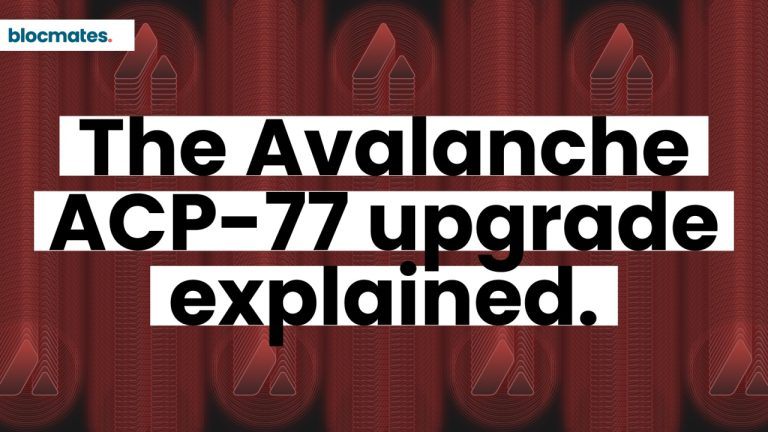 This piece is a guest post by Blocmates. Blocmates is an invaluable crypto news and educational resource that offers clarity in the often complicated and jargon-filled crypto space. In this article, writer Dexter of Blocmates explains Avalanche’s exciting forthcoming update, Avalanche Community Proposal 77. To do so, Dexter gives an overview of Avalanche’s unique architecture. […]
This piece is a guest post by Blocmates. Blocmates is an invaluable crypto news and educational resource that offers clarity in the often complicated and jargon-filled crypto space. In this article, writer Dexter of Blocmates explains Avalanche’s exciting forthcoming update, Avalanche Community Proposal 77. To do so, Dexter gives an overview of Avalanche’s unique architecture. […]
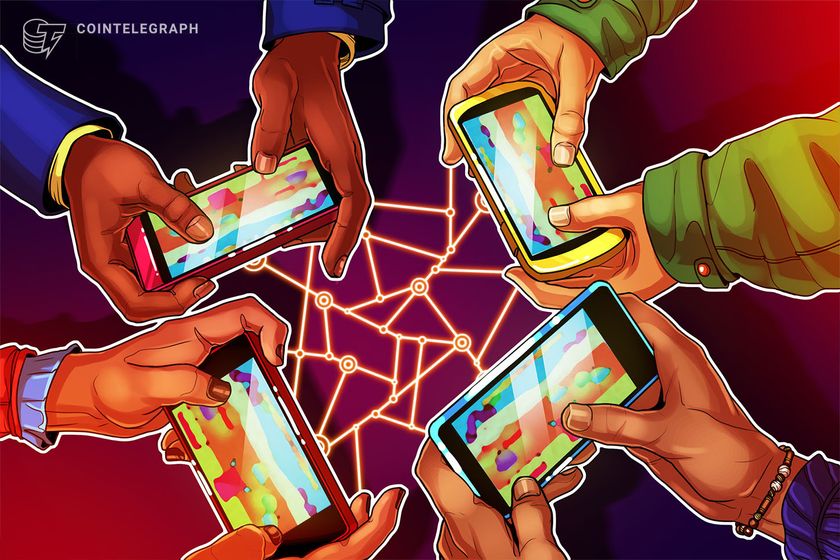
Polemos co-founder Richard McLaren believes the future of blockchain gaming will involve gamers and developers renting out their in-game NFTs for profit.
Imagine a future where a player is able to rent an in-game item via blockchain, giving them tools to pass a difficult level, or borrow an NFT that gives them the ability to try a new game on their wishlist.
Such a feature is one that Polemos co-founder Richard McLaren is hoping will one day become the norm, along with an economy where players rent out their in-game assets for a fee.
In an interview with Cointelegraph, McLaren announced a new partnership between his gaming infrastructure service Polemos and fantasy battle game Illuvium, a move he said would help break down barriers for players looking to get started on Illivium’s platform.

The “failed” blockchain games are those that have seen their 14-day moving average number of active users down more than 99% from its peak.
More than three-quarters of all blockchain games launched in the last five years are dead in the water, according to a recent study from CoinGecko.
Out of 2,817 games launched between 2018 and 2023, which were included in the study, only 690 of them still have a somewhat active player base.
CoinGecko defines a “failed” Web3 game as one where the 14-day moving average number of active users drops 99% or more from its peak.

While 2021 saw the highest number of blockchain games launched in a single year with 738 games, the following year — marred by major crypto collapses, saw the highest number of games to fizzle out, with 742 failing in a single year.
This puts the average failure rate of Web3 games at around 80% for any given year since 2018, according to CoinGecko.
CoinGecko noted that years of lower failure tended to coincide with the back of bull markets, while higher failure years came toward the start of bear market cycles.
Related: Free-to-play Web3 games hold the key to mass adoption — YGG co-founder
CryptoKitties was one of the first Web3 games that gathered hype in late 2017, but its adoption has since fizzled out. Decentraland, The Sandbox and Axie Infinity are among other Web3 games that have launched in the earlier years and are still widely used today.
Per recent data, Alien Worlds, Splinterlands and Planet IX had the three highest average unique active wallets used between Jan. 1 and Apr. 22, 2023, according to CoinGecko.
While 2022 had the highest number of failed games, 2023 has slowed the trend, with only 507 failed projects as of Nov. 27.
“The lower failure rate could perhaps indicate a stabilization in the state of web3 gaming,” CoinGecko said.
Magazine: 65% plunge in Web3 Games in ’23 but ‘real hits’ coming, $26M NFL Rivals NFT: Web3 Gamer

Gabby Dizon, the founder and CEO of Yield Guild Games says a renewed focus on free-to-play gaming will help put a booster on Web3 game adoption.
Next year’s most successful Web3 games will pivot from play-to-earn (P2E) to instead focus on being completely free-to-play to dr in players, says Yield Guild Games CEO and co-founder Gabby Dizon.
Speaking to Cointelegraph, Dizon said unlike games such as Axie Infinity — which require players to purchase at least three Axie nonfungible tokens (NFTs) to play — the new wave of hyper-successful Web3 games will seek to remove as many of the financial and technical barriers to entry as possible.
“There's this big realization that for millions of people to be able to get into a game, they have to be free-to-play first.”
“There's an evolution of the business model where the games are free to play, and then at some point along the way while you're playing, then you're able to mint an NFT or start earning tokens, but a lot of new games aren't really starting with requiring NFT ownership at the start,” he said.
This shift towards a free-to-play model is part of a wider effort from Web3 game developers to put gameplay first and tokenomics second, Dizon explained.
He added the shift forms a large part of the solution to speculative Web3 gaming bubbles. By creating games that players want to keep playing, they’ll reinvest their capital in the game and prevent the in-game economy from becoming a cash-generating machine, Dizon sa.
Running near-parallel to the decline in crypto prices, blockchain games witnessed their own downturn as players and revenues trickled out of the ecosystem following the sudden collapse in Axie Infinity-related asset values in late 2021.
Surveys from October 2022 showed that even the most adamant crypto gamers were leaving in droves citing the over-financialization of gameplay, lack of fun,and confusion around crypto wallet tech.
Dizon thinks all of that is about to change.
“After Axie became popular two years ago, a lot of very experienced teams took a look at its rapid ascent and thought: 'Now it's a real industry, maybe I could do better by making my own game,'” he said.
“A lot of these teams got funding in late 2021 and for a really good game, it typically takes maybe 2 to 3 years to make.”
For the past 18 months, Dizon and other Web3 gaming industry leaders have been eagerly awaiting the launch of a series of new Web3 games in Q4 such as the Nov. 16 open beta Epic Games store launch of the blockchain-based trading card game Parallel.
PRIME time is almost here. https://t.co/fXBVvboxx6
— Gabby Dizon | YGG ️⚔️ (@gabusch) November 19, 2023
“Expect to see lots of really high-quality games, with high-quality teams behind them as well as new experiments in tokenomics and earning models,” he said.
Related: Blockchain game Illuvium goes mainstream with looming Epic Games Store listing
Dizon pointed to the introduction of the ERC-6551 token standard or “token bound” accounts in gaming as a reason to be excited about blockchain-based games in the future as some developers are using it to thread artificial intelligence into games.
“You can actually start attaching AI behaviors to your avatar and you can give it instructions: ‘I want you to go out to the world, craft me a gun, kill some monsters, and then bring the treasure back,’” Dizon said. “Then, a few hours later, you can check the wallet that's embedded in it and it's like, oh, I got these things back.”
Dizon believes this kind of automation will greatly reduce the amount of “grinding” needed in games — allowing players to jump in for the fun parts while leaving the boring stuff to AI.
“I think it's going to be the start of a new game genre of you interacting with AI and not having to play the game all day,” he said. “You set parameters for the AI and just let it do things in the game world.”
“It's going to get really interesting, man.”
Magazine: Asia Express: No civil protection for crypto in China, $300K to list coins in Hong Kong?